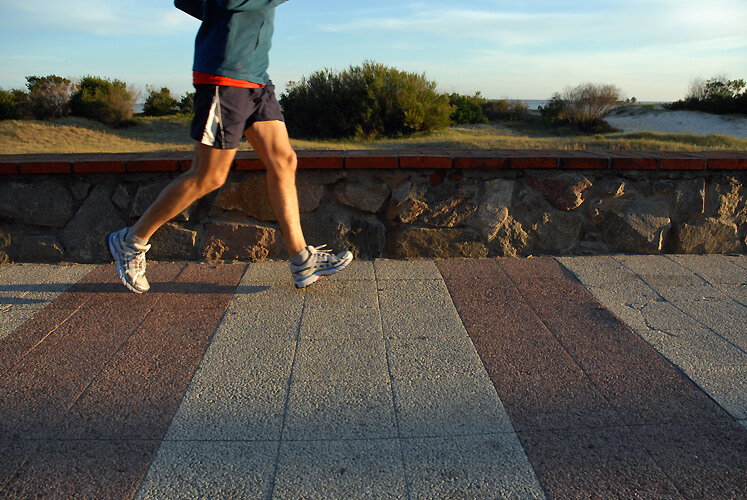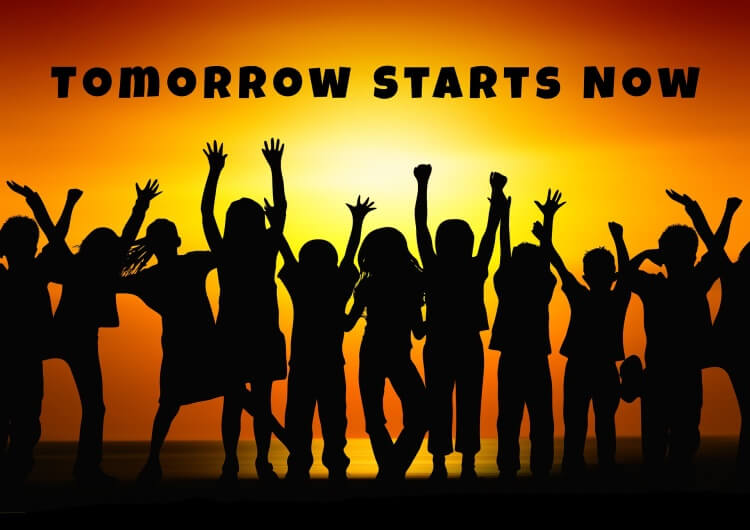Recently my wife, Kelly Strong, lost an elementary level health educator in her district. Losing this important resource made the district examine what it could do within the physical education curriculum to meet this need. The elementary physical educators created a committee to develop nutrition lessons they could integrate into PE classes. They met and looked at the current elementary health education lessons and modified them to be applicable to physical education settings. As you know, eating right contributes significantly to our health. What follows are some examples of the lessons the teachers developed to teach nutrition. They illustrate some of the many ways physical and health educators could collaborate to integrate curriculum in a more meaningful way for their students.

Lesson 1: Fruits and Veggies (k-2)
Student Learning Outcomes – At the end of this lesson the students will be able to: 1) identify fruits and vegetables, 2) connect fruits and vegetables to their appropriate sections on “MyPlate,” and 3) understand how many servings are suggested per day.
Introduction – Have the kids brainstorm a list of fruits and veggies on chart paper, “Which ones grow on trees/vines?” “Which ones grow in the ground?” (some kids actually think fruit snacks are a fruit!). Show the MyPlate website (or applicable hard copy materials) and explain that fruits will be red and veggies will be green during today’s lesson.




